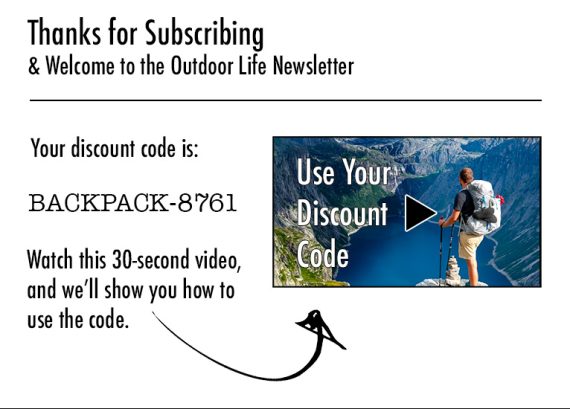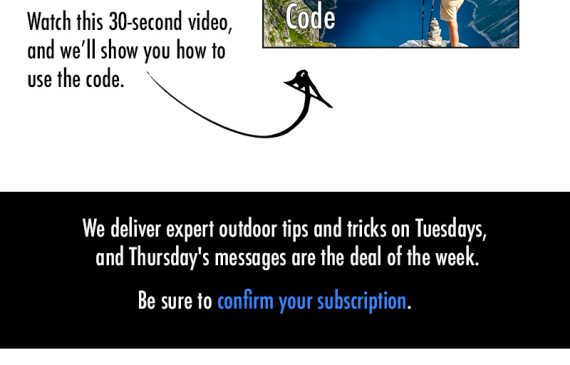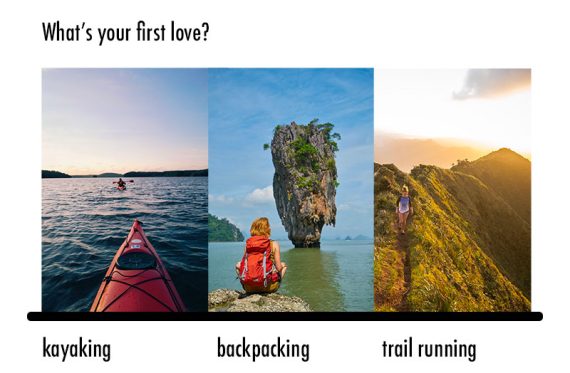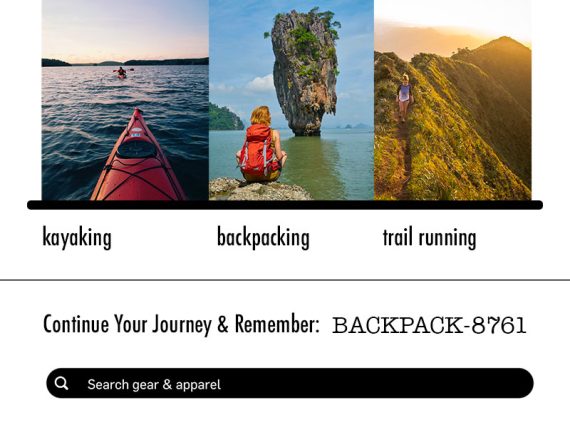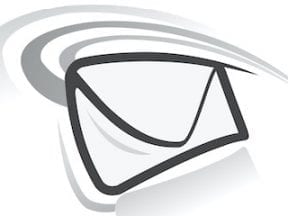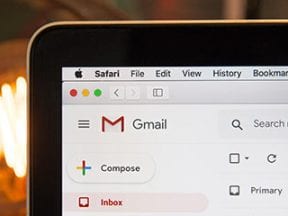Shoppers who sign up for an email list are taking the initial step to become loyal customers. So marketers don’t want to miss the opportunity to improve engagement from that first moment.
The Welcome Page
Imagine an everyday shopping experience. A consumer visits the ecommerce site of an outdoor gear company in search of a backpack. As soon as that shopper scrolls down the home page, an email subscription pop-up appears.
The pop-up pitches a 10% discount, and our shopper signs up. But what happens next is a missed opportunity. On many ecommerce websites, the pop-up disappears, dumping the shopper back on the home page.
No honest thank you. No explanation of how to get the promised discount. And no further engagement.
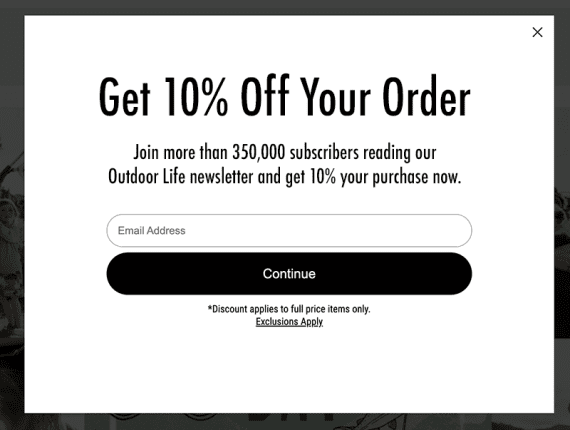
A pop-up can collect email addresses. But it’s a missed opportunity when it vanishes.
A better experience for the shopper and the business is often a welcome page. This page serves a few purposes:
- Provides more information about how to apply the discount,
- Describes what to expect from the email subscription,
- Captures information about the subscriber,
- Moves the sale forward.
Let’s consider how a new subscriber welcome page might achieve each of these.
Discount Clarity
Some ecommerce marketers argue that shoppers understand how email discount offers work: sign up and the code arrives by email a few minutes later.
What if the experience was better? Imagine a shopper subscribes and is sent immediately to a page that, first, shares the discount code and, second, includes a short (30-second) welcome video that explains how to apply the code — without having to check email.
The process minimizes friction. The shopper is ready to buy now.
Set Expectations
The page sets expectations just below the welcome message, discount code, and video.
A shopper signed up for email notifications in exchange for a quick discount code, but the merchant aims to keep this shopper engaged for the long haul with content and offers.
So set that expectation. Let the subscriber know the sending schedule. For example, the outdoor gear retailer might write, ” We deliver expert outdoor tips and tricks on Tuesdays, and Thursday’s messages are the deal of the week.”
Collect Info
The welcome page can also capture additional information, such as the subscriber’s interests — kayaking, backpacking, or trail running.
Then use a link trigger to add those interests to the shopper’s profile for future marketing messages.
Make the Sale
Finally, the welcome page should include a search bar and some form of product navigation to move the sale process forward.
A headline such as “Put your Discount to Use,” “Continue your Journey,” or similar can keep the shopper on track. Moreover, consider using the collected info to display a series of recommendations.
Test First
A subscriber welcome page is a first impression. It seeks to reduce sale friction while creating a relationship with a prospect. Use a testing framework to start. Compare your company’s current email subscription tool with the welcome page approach. Which format leads to more sales?

